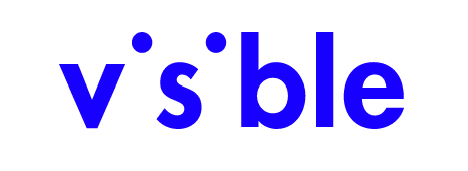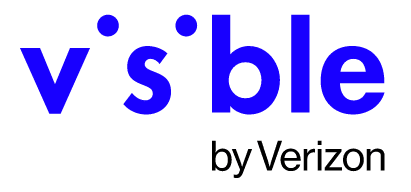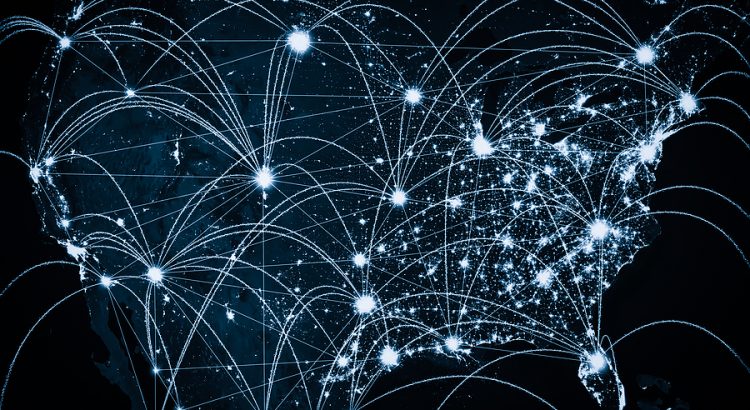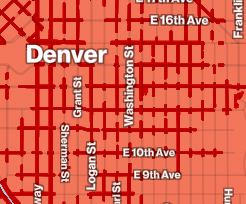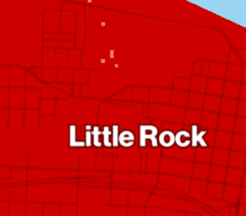Today, T-Mobile announced plans to acquire Mint Mobile. The deal is expected to close later this year.
T-Mobile’s acquisition will involve the entirety of Mint’s parent company, Ka’ena Corporation. Ka’ena also owns the carrier Ultra Mobile and the cellular wholesaler Plum. The acquisition price isn’t set in stone, but it could be up to $1.35 billion.1
For the moment, Mint’s founders will stay with Mint. Ryan Reynolds will also continue his role in Mint’s marketing.
My Take
In the short term, I don’t think this acquisition will change Mint too much. I doubt the quality of Mint’s customer experience or overall value will plummet shortly after the acquisition.
It’s hard to predict what this acquisition will mean in the long run. As years pass, the lines separating Mint and T-Mobile will probably fade. Mint might gradually lose its distinctive low prices. As a result, the wider cellular industry may become a bit less competitive.
For the moment, I expect I’ll continue to recommend Mint—though with a bit more hesitation than I had previously. I’ll note that my friend Joe Paonessa has a more negative take on today’s announcement:
What a crock. Ultra Mobile also acquired in this deal. Fallout from the Verizon – TracFone purchase? Far too many MVNO brands have been bought out by major carriers over the last 3 years or so https://t.co/Bf4sOR8JK4
— BestMVNO 🤳📶 (@bestmvno) March 15, 2023
Time will tell.





